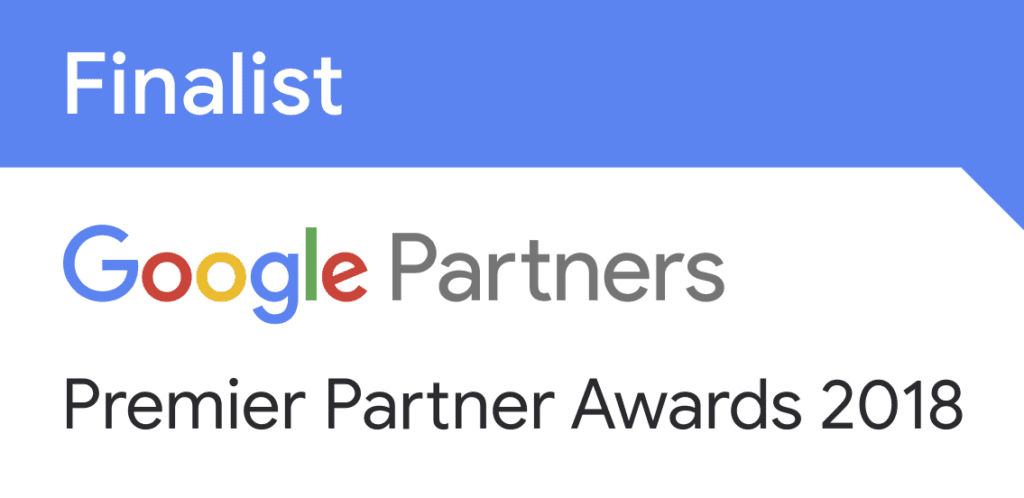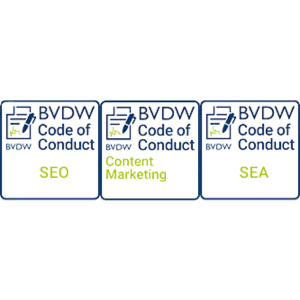
Server-side tracking ensures accurate data and privacy.
Server-Side Tracking
Server-side tracking allows you to collect data more accurately, independent of browser limitations. Additionally, it protects sensitive user data and enhances compliance with privacy regulations.
Alexander Frank
- Head of Web Analytics
Server Side Tracking Agency
Server-Side Tracking – The New Standard for Data Collection
"With server-side tracking, you ensure precise data while also strengthening the protection of your users."
Johannes Stabel
In recent years, we have become accustomed to increasingly poor data quality in web analytics, particularly regarding user recognition. The previous tracking technology relied on 3rd-party cookies to identify users.
But as of 2024, that will finally come to an end, as Google has announced it will no longer support 3rd-party cookies. Other browsers like Safari, Firefox, and Edge are already moving in this direction.
Server-side tracking will become the new standard as a result of this development. In this case, tracking is done using 1st-party cookies.
Our Offers
Setting Up Server-Side Tracking:
Traditional client-side tracking can already lose up to 60% of data due to cookie restrictions, browser limitations, and ad blockers.
With Server-Side Tracking, tracking data is initially sent to a dedicated, secure server endpoint (tracking server) under your control. From this server, the data is filtered, enriched, and then specifically forwarded to the respective marketing and analytics platforms. This results in improved data accuracy and increased marketing effectiveness. Our SST complies with data protection regulations!
Price: starting at €300 (plus VAT)
The final price depends on the scope and complexity of the implementation
WHAT
We are living in the privacy-first era - Legal frameworks by TTDSG and GDPR
The use of user information in data processing and sharing is subject to legal regulations. This also applies to cookies, IP addresses, and the sharing of so-called PII (Personally Identifiable Information) with providers like Google. There is uncertainty about how problematic a direct connection or transmission of personal data to US providers might be, as the USA has different data protection laws than the EU.
Cookie blocking by browsers and ad blockers
In addition to legal requirements, there are restrictions due to cookie blocking. Browsers like Safari and Firefox significantly limit web analytics capabilities with tracking prevention features by restricting cookie duration and, in many cases, completely blocking third-party cookies. Adblockers and VPN programs also contribute to this.
On Apple iPhones and iPads, App Tracking Transparency allows users to decide for each installed app whether tracking data can be shared with the app provider.
WHY
The Effects
We currently assume that up to 60% of user data will be lost. This leads to significant inaccuracies in attribution, customer journeys, the identification of returning visitors, and major disruptions to the functioning of remarketing lists.
In 2024, these effects are expected to intensify if Google also jumps on the tracking prevention bandwagon and stops supporting third-party cookies.
Our Cases
Migration of all accounts to Matomo
Tracking configurations
Creation of automated reports
Creation of a tracking concept
Integration of GA4 including server-side tracking
Continuous support and expansion
Continuous web analytics support
Optimization of GA4 configurations
Creation of a Looker Studio report
Reporting - Creation & Continuous Maintenance
Ensuring Accurate Data Collection
Design & Setup of Reporting
How
How does server-side tracking work?
To understand the new technology, let's first consider how things used to be. The user visited a website with their browser, the content was loaded from the website's server, including the JavaScript code that prompted the browser to connect to a Google tracking server.
This resulted in a connection to two servers (once directly, i.e., 1st-party context to the website, and once to a 'third' server, meaning 3rd-party).
Tracking so far in the 3rd party context
In server-side tracking, there is only a connection between the user's browser and the website's server. At no point is there a direct connection between the user and the Google server. The tracking data is processed by the website's server and forwarded anonymously to platforms like Google Analytics. This is known as 1st-party tracking. It offers significant advantages in terms of privacy and is also technically recommended.
Advantages of Server-side Tracking
Data Collection
All tracking cookies are 1st-party cookies.
Tracking is not blocked.
Measurement of more traffic and conversions.
More accurate attribution and longer cookie lifetimes.
Better control and opportunities for data enrichment.
Improved loading times of the website.
Data Protection
No direct communication between user browser and Google server; third parties do not have direct access to user activity.
Anonymization of IP addresses and personal data.
Tracking is performed based on the EU Data Protection Regulation.
We are your agency for transitioning to server-side tracking.
Are you ready for the future of tracking? The internetwarriors are experts in the implementation of Server-Side Tracking and are always happy to assist you with any questions – offering transparency, professionalism, and, of course, GDPR compliance.
Get in contact now! We look forward to your inquiry.
Certificates
Warriors Knowledge
New Web Analytics Knowledge
Additional Web Analytics Services

Web Tracking Integration
With professional web tracking setup, you get precise data for optimizing your website and marketing efforts.

Google Tag Manager
The Google Tag Manager allows you to manage tracking tags flexibly without needing to adjust the code.

etracker
etracker is a GDPR-compliant web analytics tool that provides you with detailed insights into the behavior of your users.

Google Analytics
We will set up Google Analytics for you, so you can make data-driven decisions.

Conversion Optimization
Conversion optimization strategically increases the number of users who perform desired actions on your website.

Usability Analysis
A usability analysis shows you how users experience your website and where there are opportunities for optimization.

Customer Journeys
Customer journeys help you understand and optimize your customers' interactions across various touchpoints.

Web Analytics Training
Web analytics training provides you with the expertise to effectively utilize data and make informed optimization decisions.






















